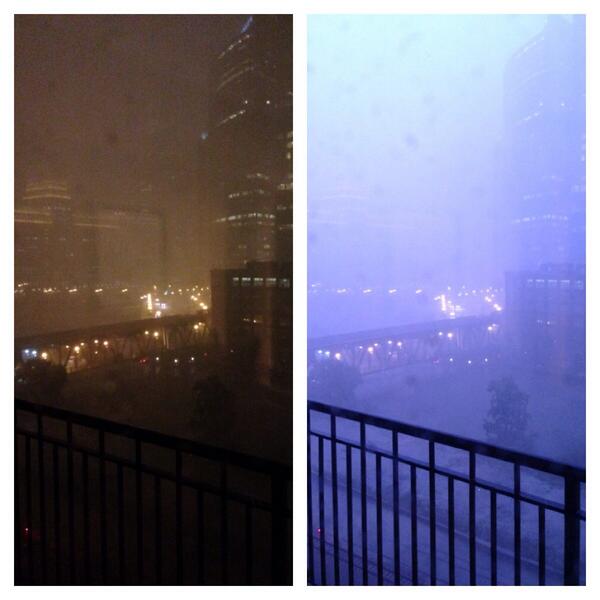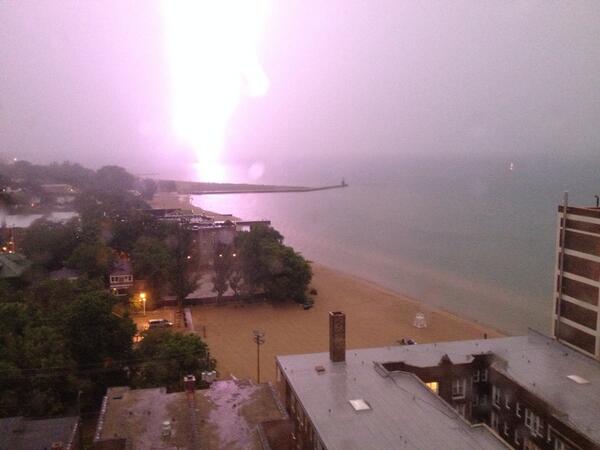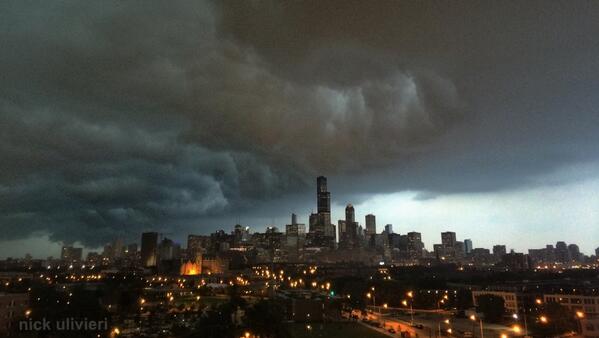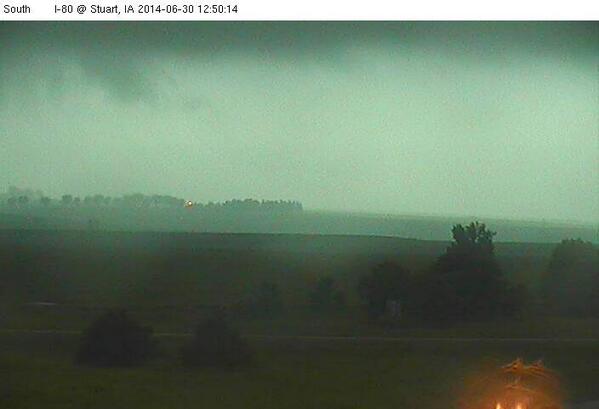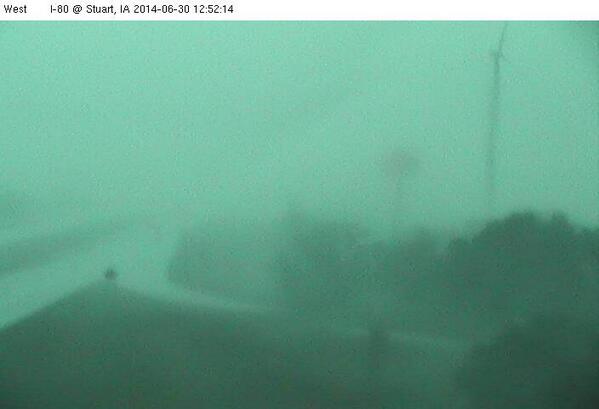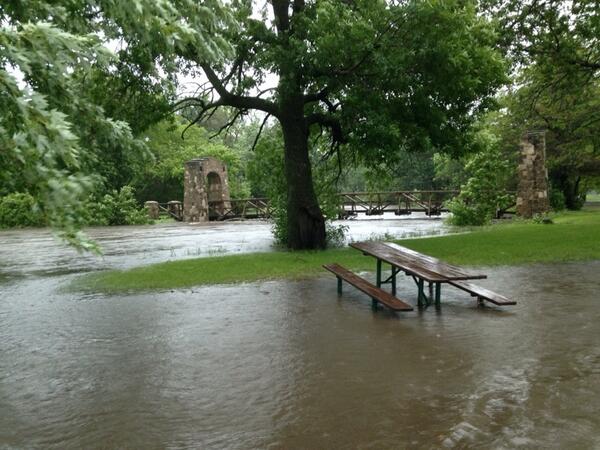Published: Jun 30,2014, 11:27AM,EDT
weather.com

Tropical Depression One in the Atlantic
Elida is forecast to meander or stall off the Mexican coast for the next few days. Fortunately, strong northwest winds aloft are shearing the storm, not allowing it to strengthen while it lollygags offshore.
While Elida is not expected to strengthen appreciably, unlike Douglas to its west, Elida will have some impacts on the Mexican coast.
Tropical storm-force winds will expand along the Mexican Pacific coast, generally within the tropical storm warning area shown in the map below. Those winds will continue to generate swells and rip currents along the beaches. Heed any warnings from lifeguards to stay out of the water if you're visiting the area.
The other impact with slow-moving tropical cyclones is heavy rain. Some parts of southwest Mexico may pick up over 6 inches of total rainfall over the next several days, leading to local flash flooding and mudslides.
(FORECAST: Acapulco | Puerto Vallarta | Cabo San Lucas)

Projected Path

Projected Path
The latest forecast path and wind speeds from the National Hurricane Center.
Storm Information

Current Information
So, where exactly is the cyclone's center located now? If you're plotting the storm along with us, the information depicted in the map above provides the latitude/longitude coordinates, distance away from the nearest land location, maximum sustained winds and central pressure (measured in millibars).
Watches/Warnings

Tropical Storm/Hurricane Watches/Warnings
A tropical storm or hurricane watch is issued when those conditions are possible within the area. Watches are typically posted 48 hours in advance of the onset of tropical storm-force conditions, since preparing for the storm becomes difficult once tropical storm-force winds begin. A tropical storm or hurricane warning means those conditions are expected in the area. Warnings are typically issued 36 hours in advance of the onset of tropical storm-force winds. When a warning is issued, you should complete all storm preparations and, if directed by local officials, evacuate the area immediately.
Infrared Satellite

Infrared Satellite
This infrared satellite image shows how cold (and therefore how high) the cloud tops are. Brighter orange and red shadings concentrated near the center of circulation signify a healthy tropical cyclone.
Visible Satellite

Visible Satellite (only during daylight hours)
This visible satellite image helps meteorologists pinpoint the low-level circulation center during daylight hours. In cases of strong wind shear (stronger winds aloft than near the surface, sometimes from different directions), one can spot an exposed circulation center, with convection blown downstream. This is an indication of a weakening tropical cyclone.MORE ON WEATHER.COM: Hurricanes From Space

Hurricane Igor is featured in this Sept. 14,
2010, image photographed by an Expedition 24 crew member on the
International Space Station. (NASA)
















